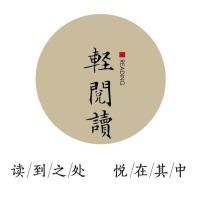“Wall of Death”: A Thrilling Ancient Spectacle in Indonesia’s Night Markets

As night falls and neon lights flicker on, the traditional night markets of North Sumatra, Indonesia, come alive with energy. Amid the bustling stalls, a massive circular wooden structure draws curious crowds. With the roar of motorcycle engines, riders race into the barrel-shaped arena, spiraling up nearly vertical wooden walls, weaving and dodging with breathtaking precision. From above, spectators gasp in awe. This thrilling, time-honored performance is known as the “Wall of Death”, an iconic part of Indonesia’s night market culture.


The performance in action.
The act traces its roots back to early 20th-century America and later spread to South and Southeast Asia with the rise of motorcycle culture. In Indonesia, it has evolved into a visually explosive form of grassroots entertainment. Riders navigate tight, vertical spaces without harnesses, relying solely on centrifugal force to stay pinned to the wall. Often, multiple riders perform simultaneously, crisscrossing dangerously close, keeping the audience on edge.

Ayu and Rimauli Girsang perform in the “Wall of Death” at an amusement fair.

Ayu collects tips from the audience during a “Wall of Death” performance.
With a strong following in Indonesia, the “Wall of Death” is a staple of rural night markets, traditional festivals, and traveling carnivals. In recent years, female riders have begun to make their mark, challenging the male-dominated world of motorcycle stunts and adding a fresh dynamic to the show.

In India, “Wall of Death” shows often feature cars in addition to motorcycles.
Though not unique to Indonesia, with similar acts found in India, Bangladesh, the UK, and parts of Eastern Europe, the performance has become deeply embedded in the country’s local life. It thrives alongside night markets, temples, and village fairs, making it especially grounded and full of vitality.
In an era of rapid urban modernization and changing entertainment trends, this raw, street-level spectacle still holds its ground in Indonesia’s night markets and rural carnivals. More than just a stunt show, it’s a powerful expression of the connection between land, speed, and survival. The roar of the “Wall of Death” echoes with the grit and determination of everyday performers, preserving a unique aesthetic and collective memory from society’s fringes.














